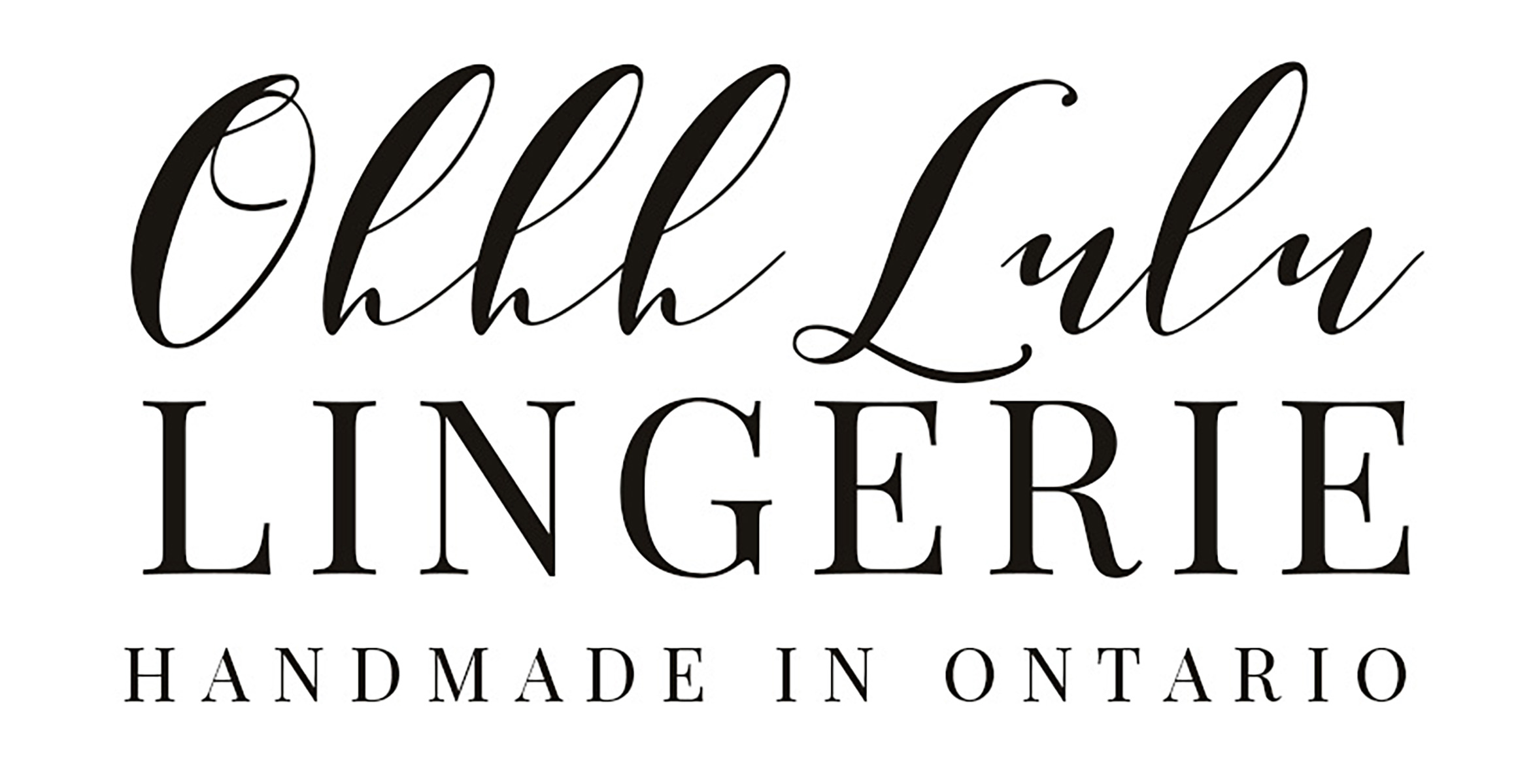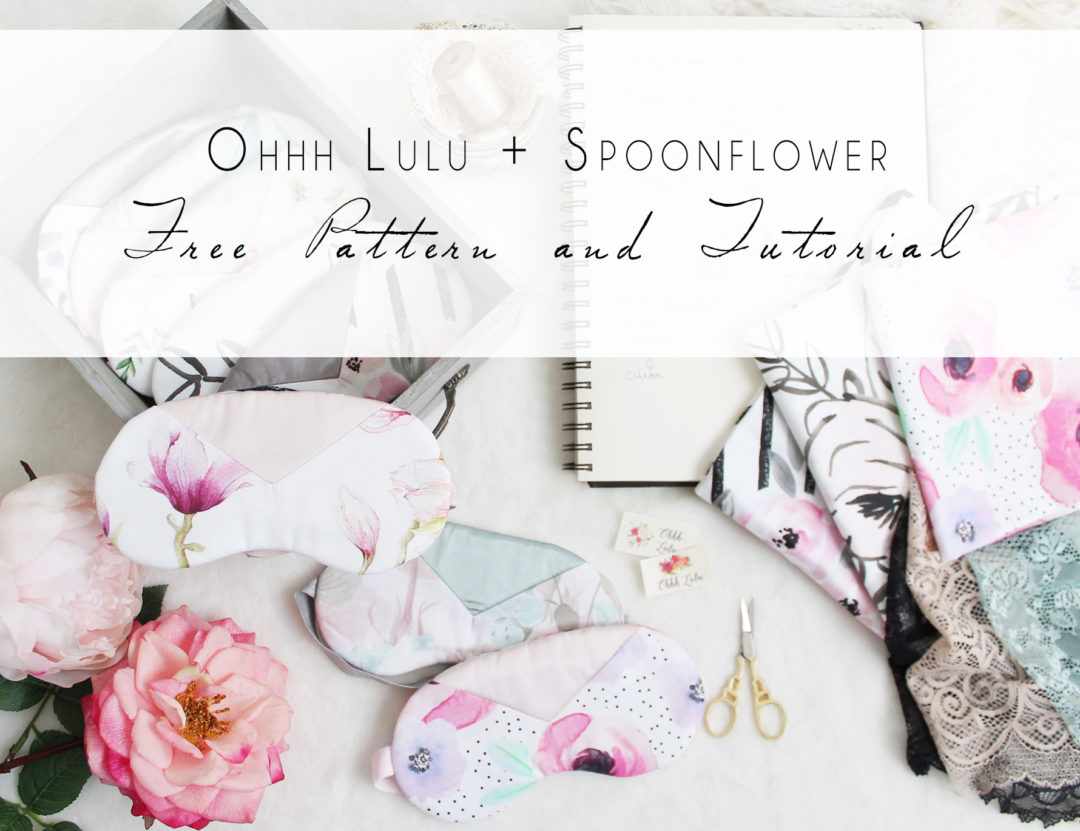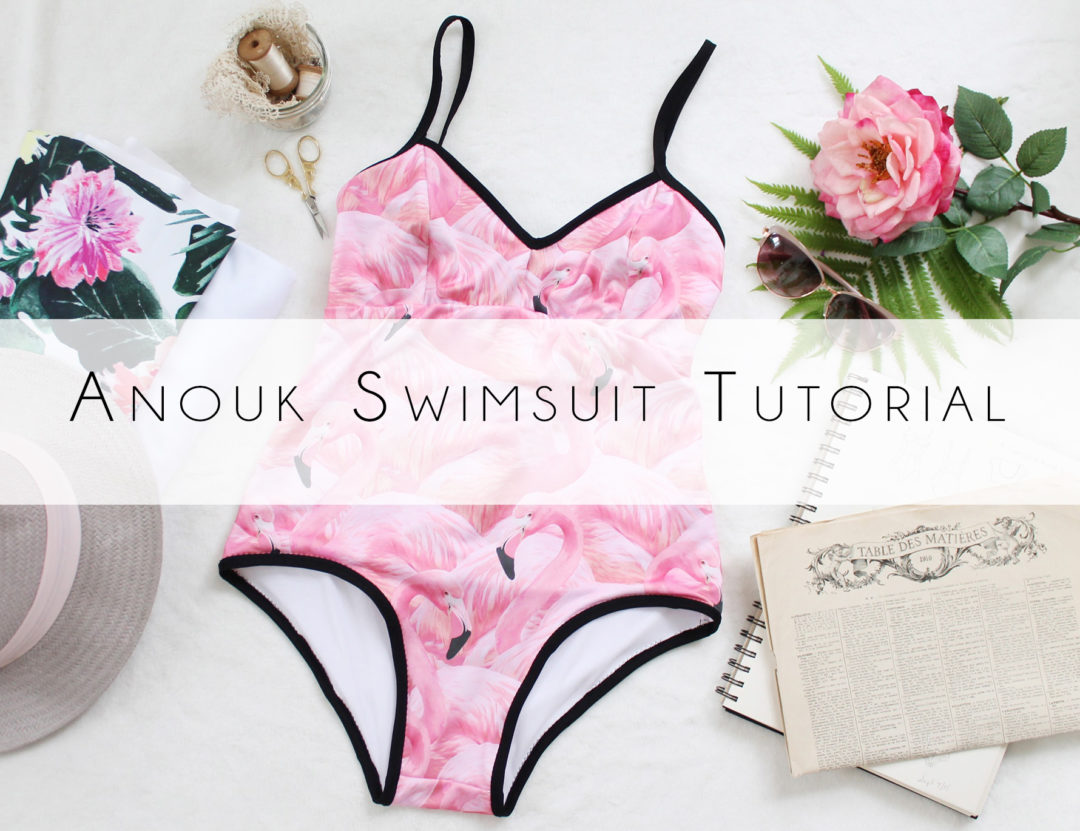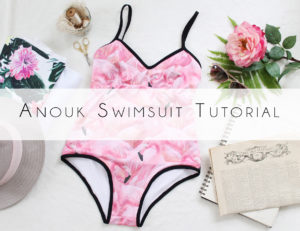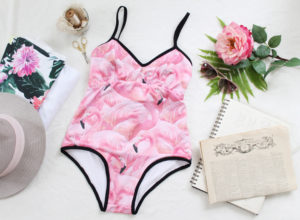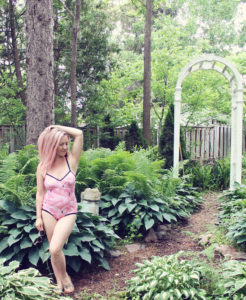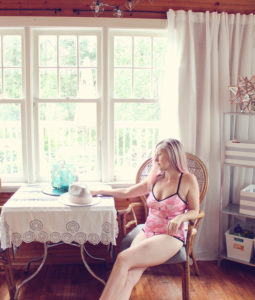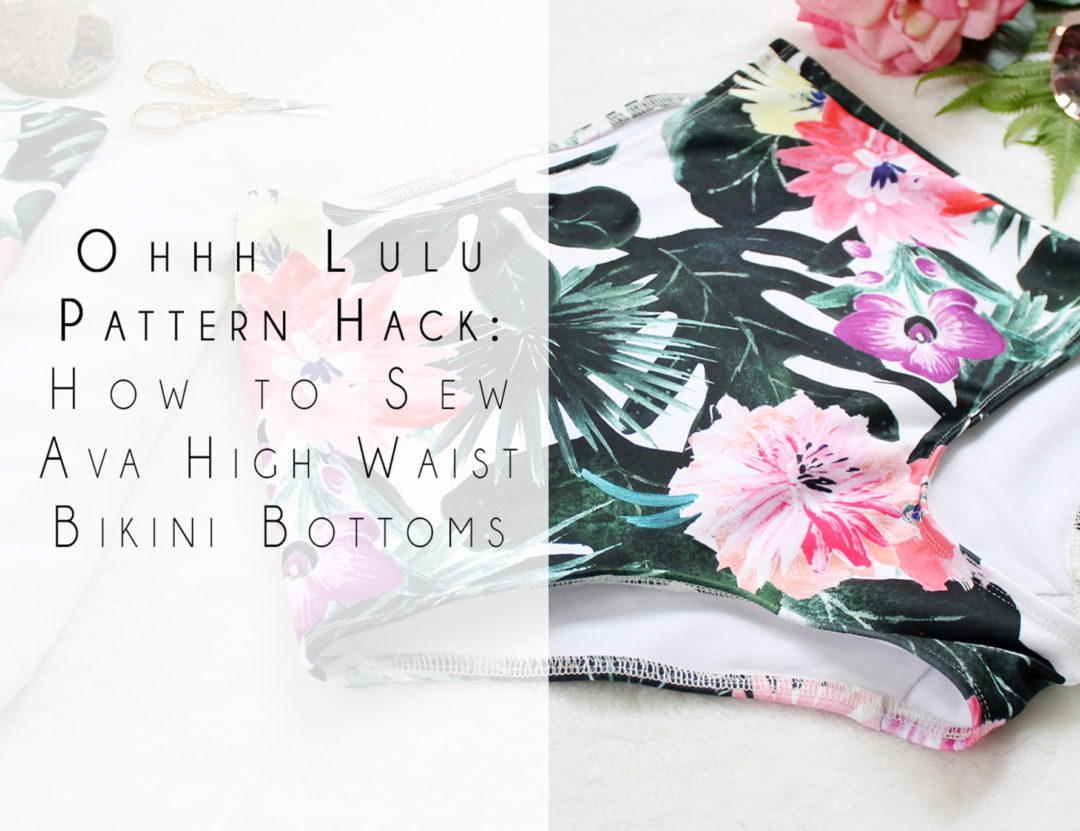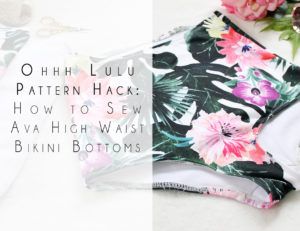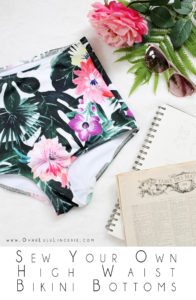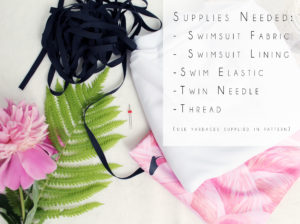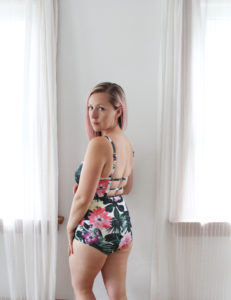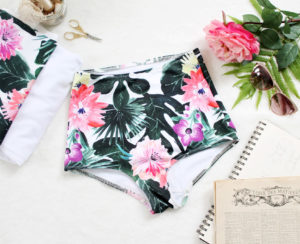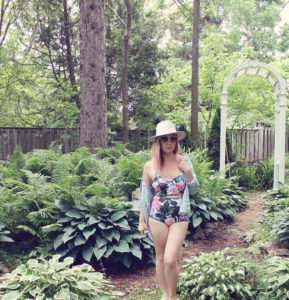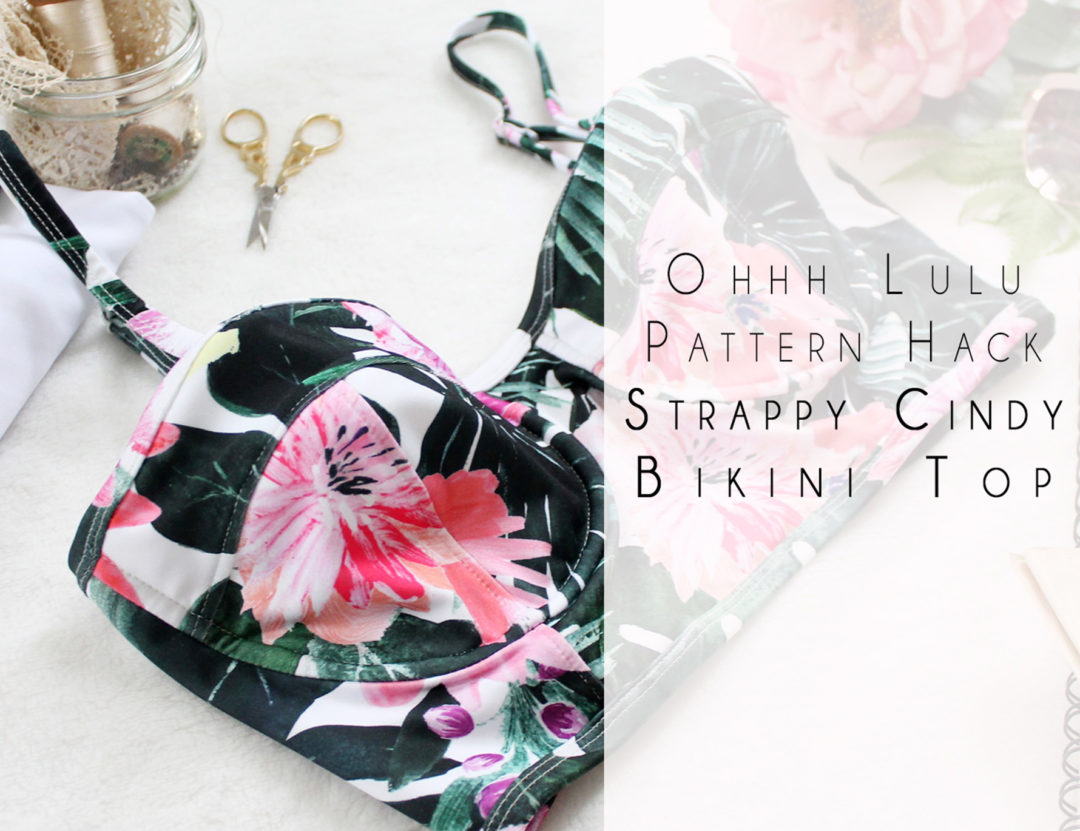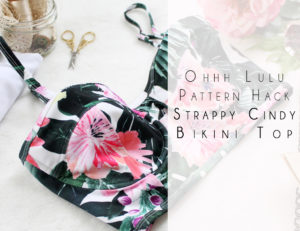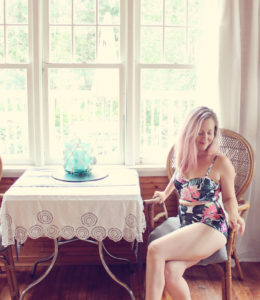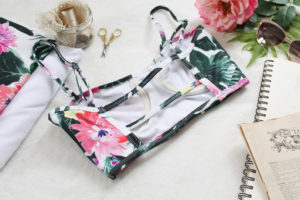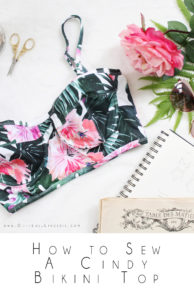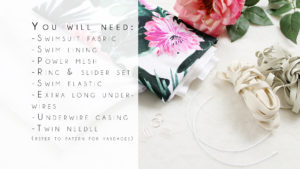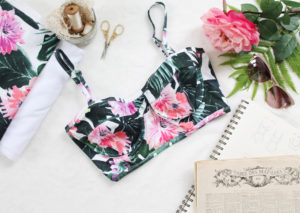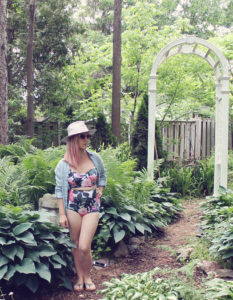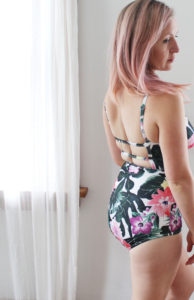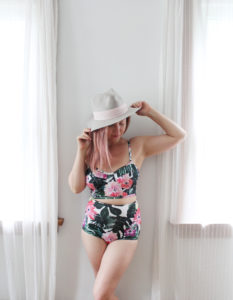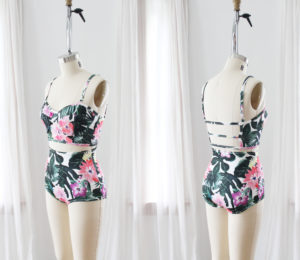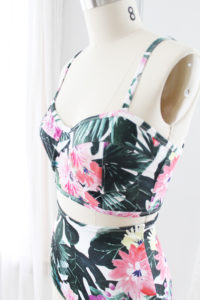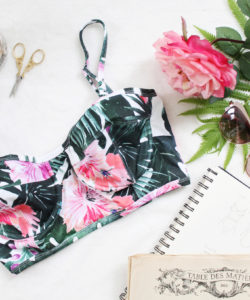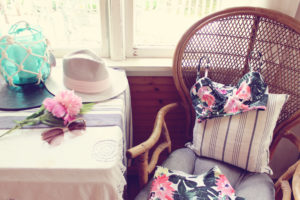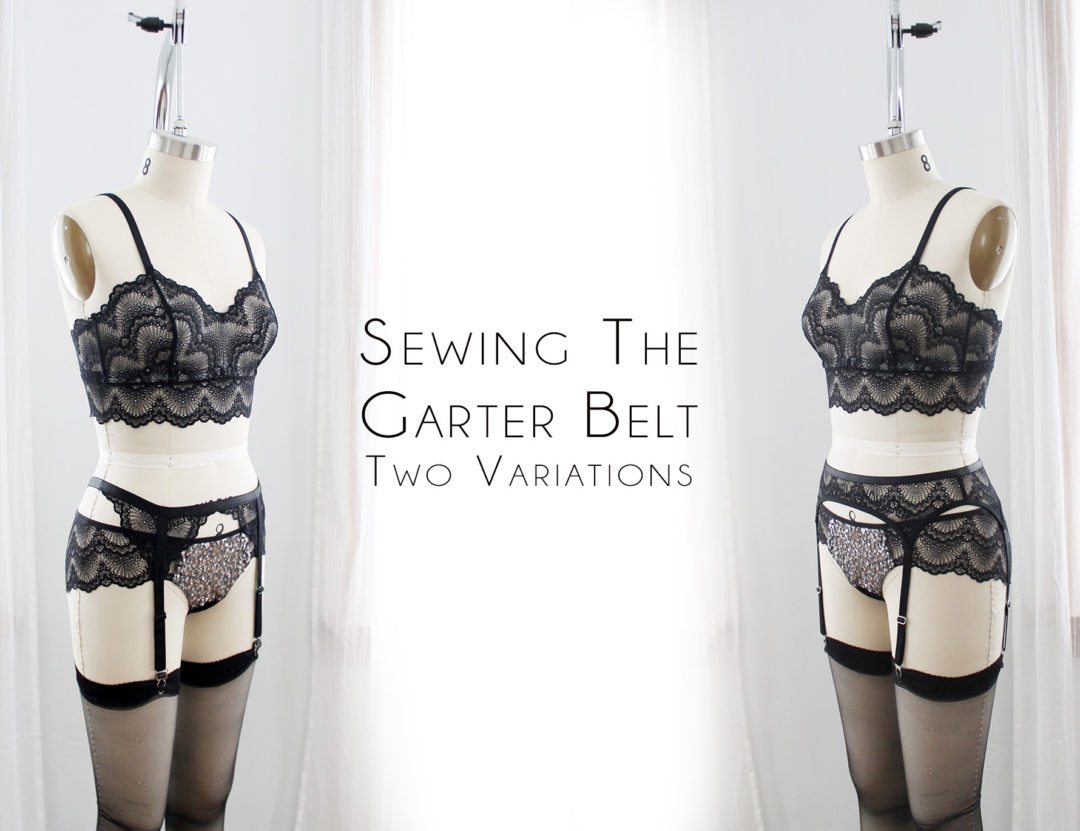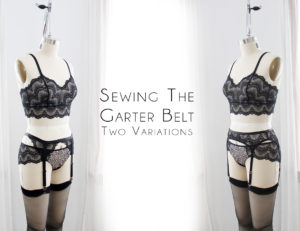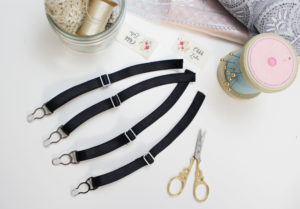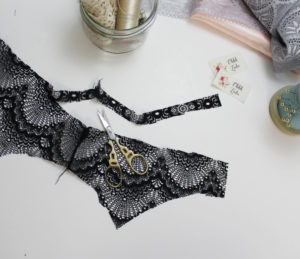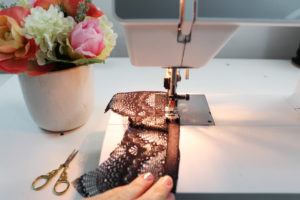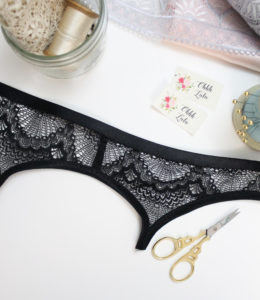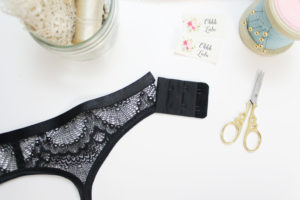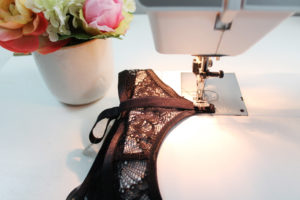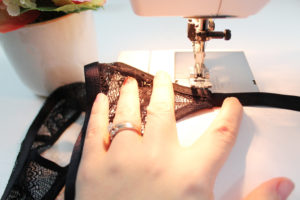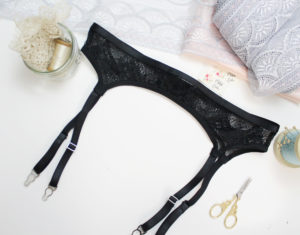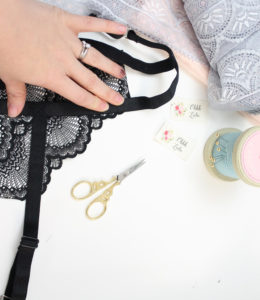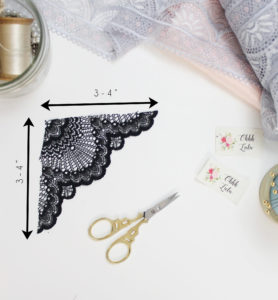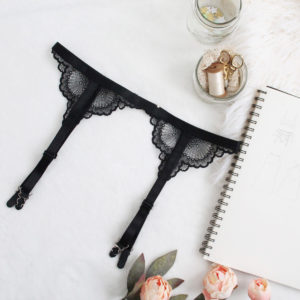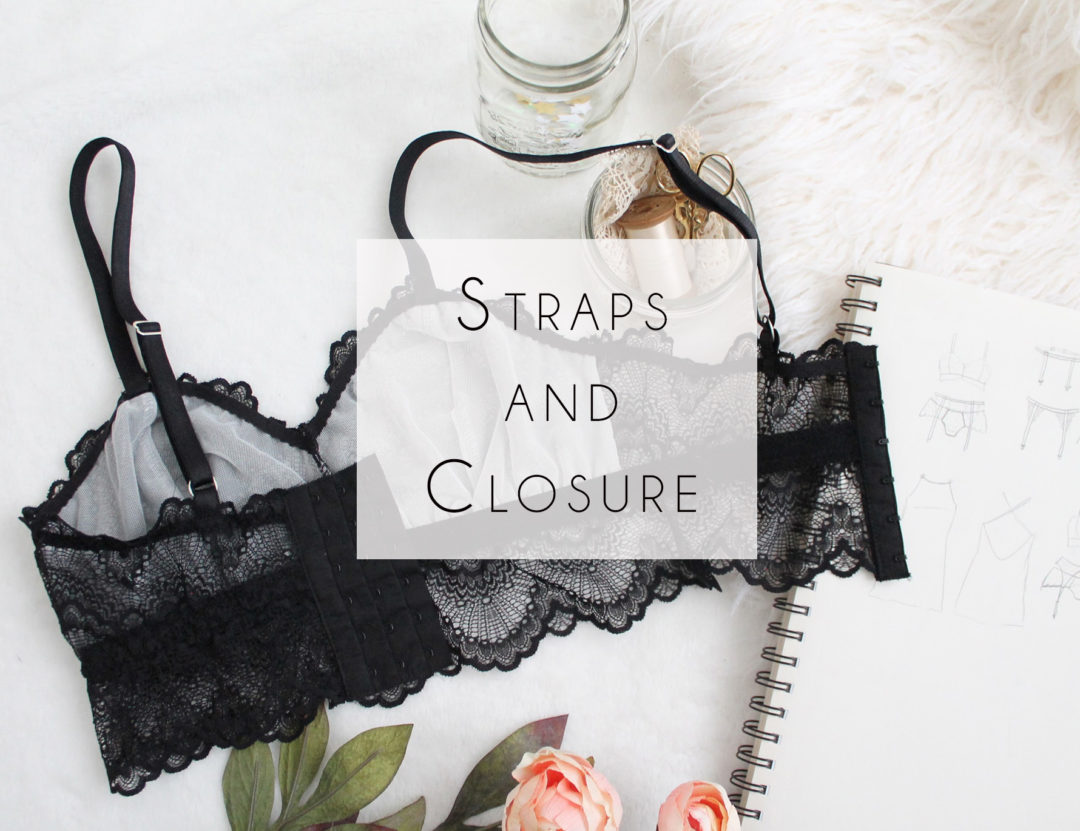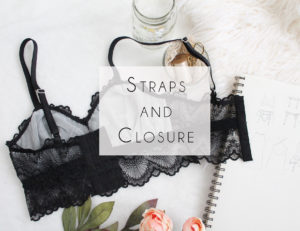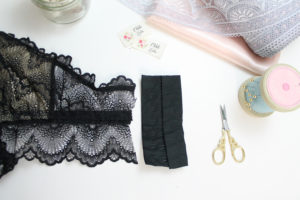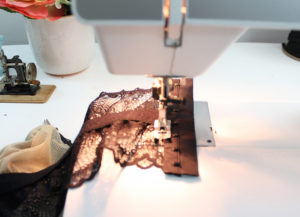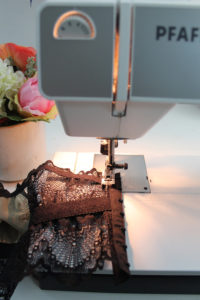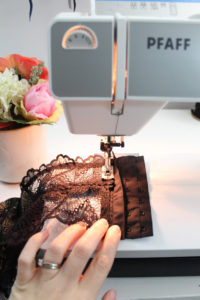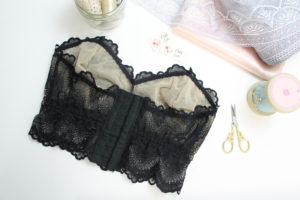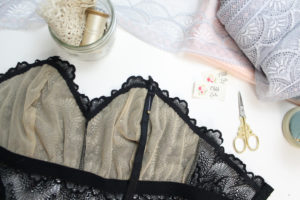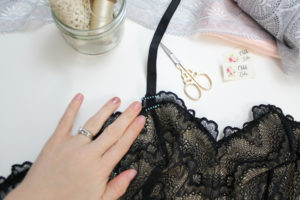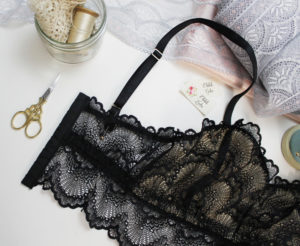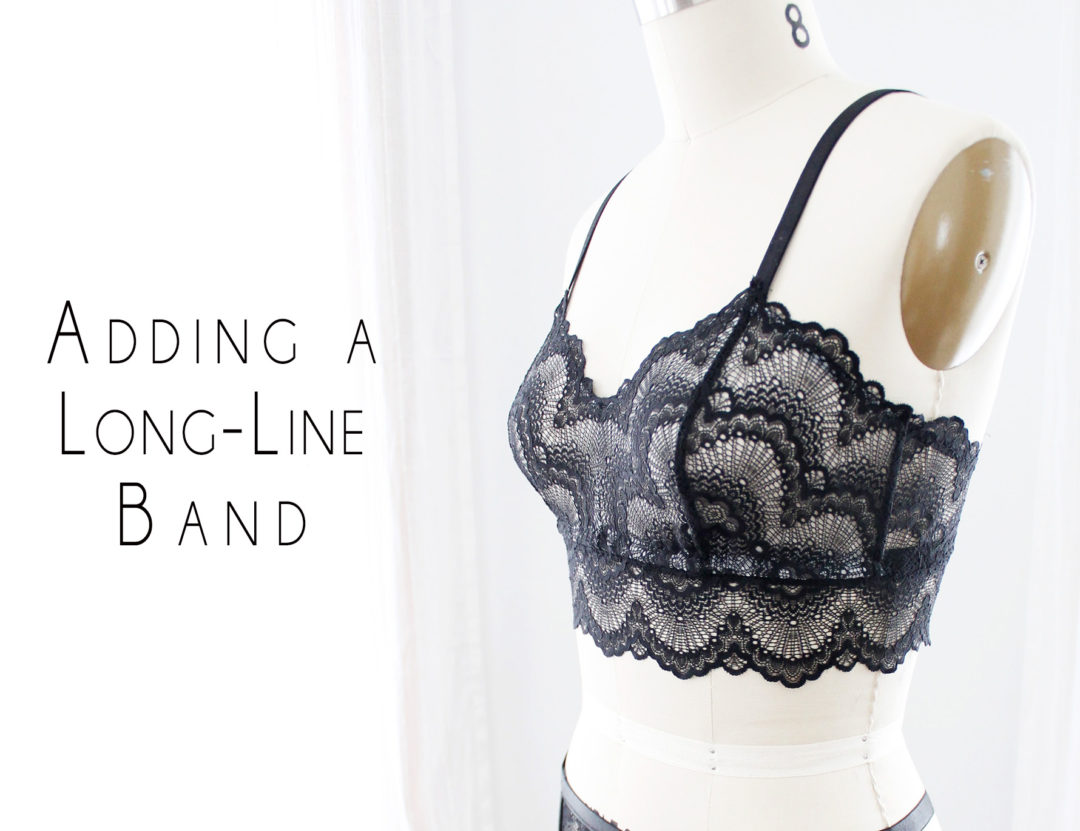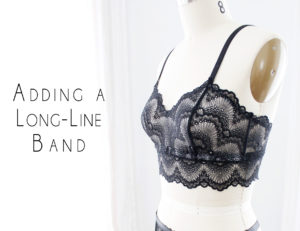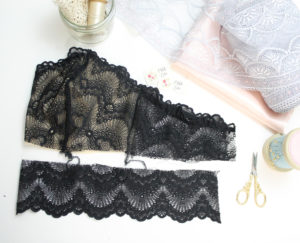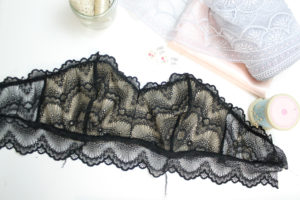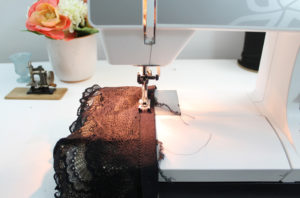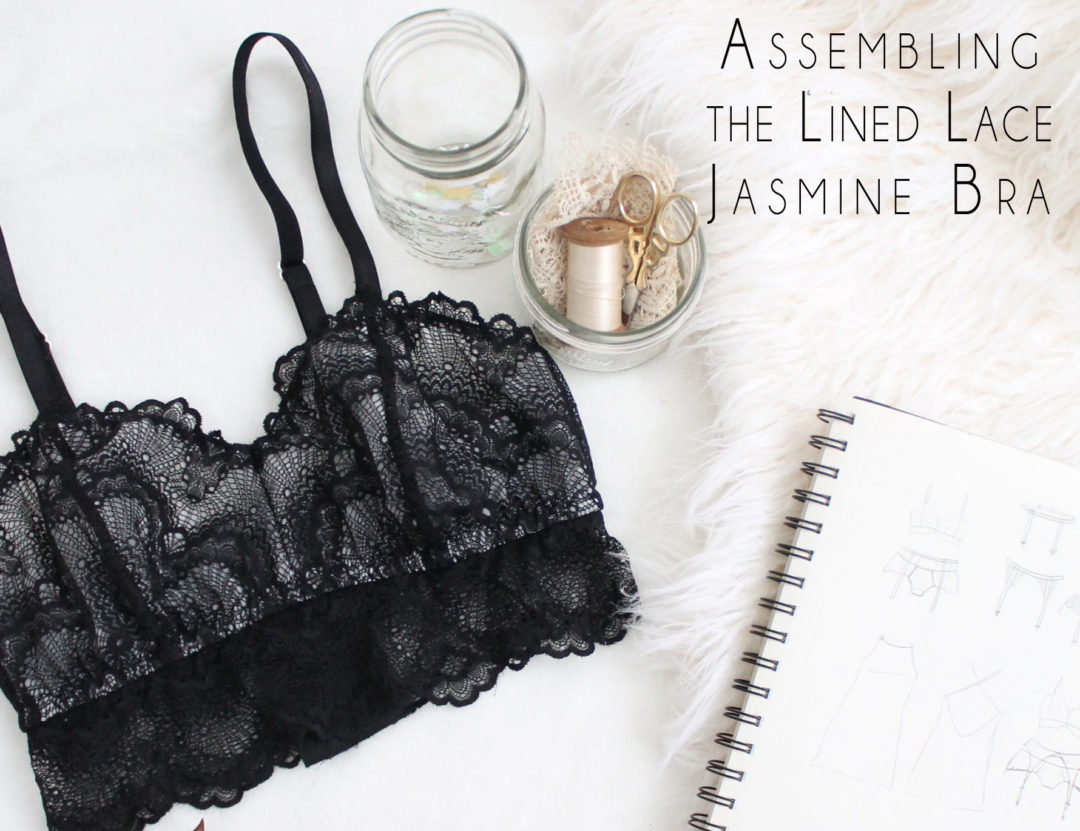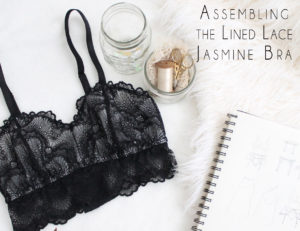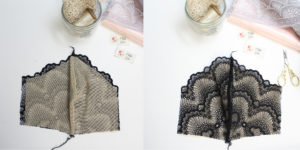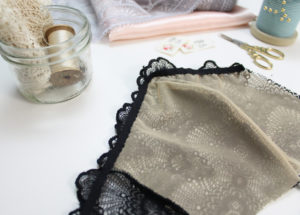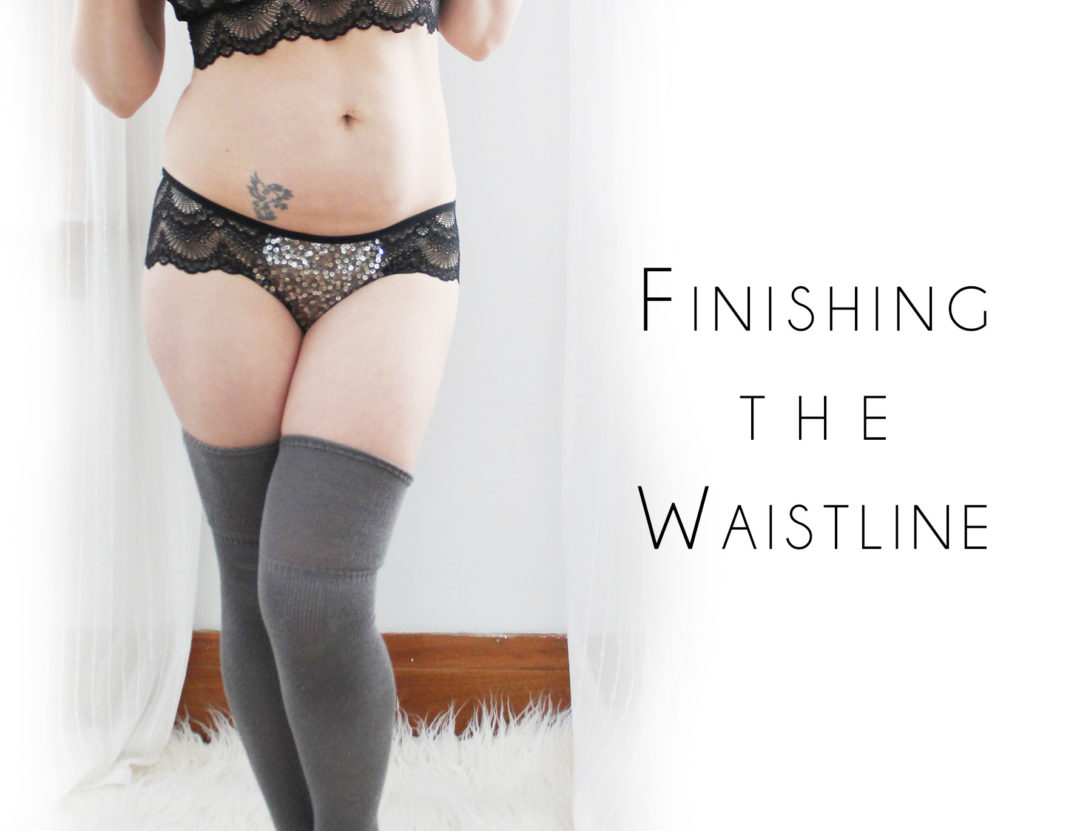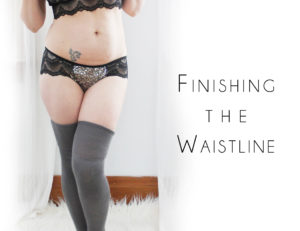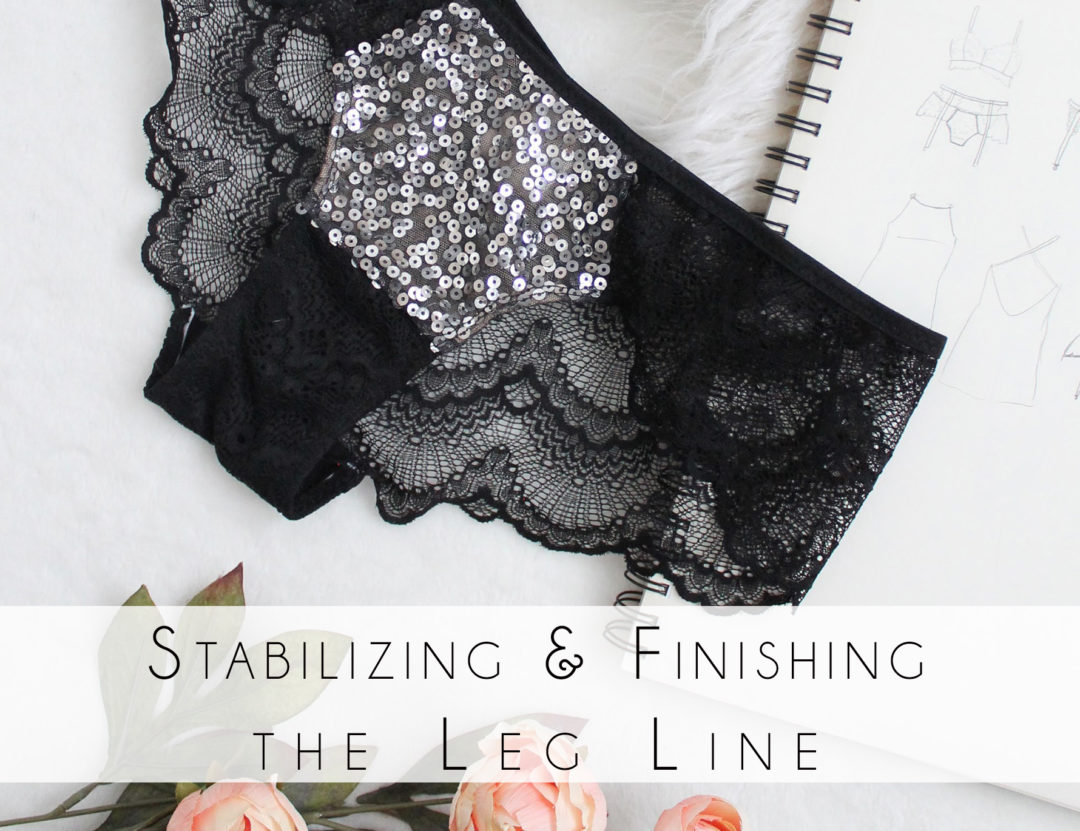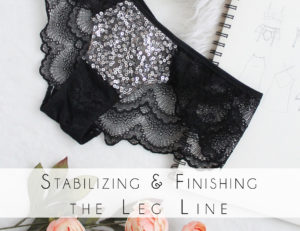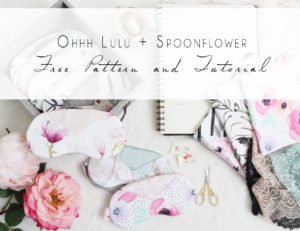
Spoonflower graciously sent me fabric in exchange for this tutorial.
Combining prints and colours is one of my favourite design decisions to make. I love mixing prints and combining unexpected colours – that’s why I love the Clara Sleep Mask Pattern. Not only does it let you use up all the small scraps you’ve been holding onto all of these years (yes, I’m talking to you!), but it also lets you experiment with different colour and pattern mixes!
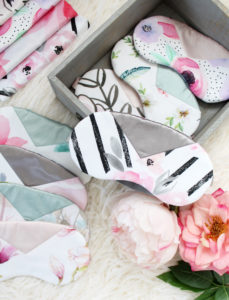
I was so excited when Spoonflower approached me about working on a “Very DIY Wedding” tutorial. I love Spoonflower because their choice of prints is endless. And you know me, I love a good print. I wanted to create something that a bride could gift to her bridal party, and customize to each persons specific personality. I thought back to my wedding and how each of my bridesmaids were so different and unique – I loved the idea of creating a “set” of something that is also personalized to each bridal party member. I’m not sure about you, but prints speak to me, and in each of these I thought, “Oh, this one is definitely an Abbey (or Amanda, or Pam).”
You can head on over to the Spoonflower blog to view my step-by-step tutorial on how to make a Clara Sleep Mask. The template is available for download on Spoonflower, or Here on my site.
Just a quick note about printing, and this goes for all printable sewing patterns. Make sure you’ve selected “No Scaling” and “Auto Portrait/Landscape” To ensure your pattern prints right the first time.
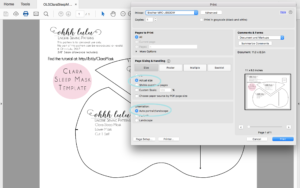
For my project, I used Spoonflower’s Fill a Yard 2-yard cheater quilt in Cotton Sateen. Sateen is one of my favourite fabrics for sleep masks as it is easy to work with and has just a slight sheen. I paired each of the prints with scraps of silk charmeuse (backed with interfacing) from my own stash.

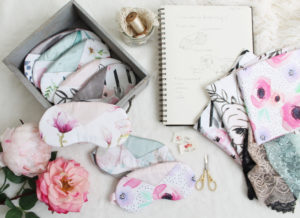
I wanted to select floral prints that incorporated some modern elements, and contained shades of blush, and grey-blue/green. I went through some of my favourite prints and created a collection, and from there filled up my cheater quilt with 8 different prints. You can see the prints I used here!
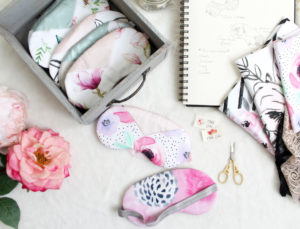
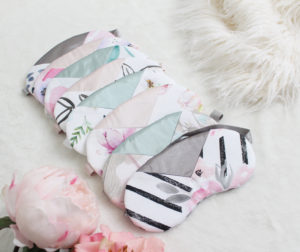
Even after making these with self lining (they are reversible!) I had a plenty of each print left over to make a little gift bag, and the rest is now at home in my quilt box.
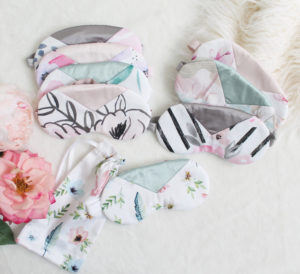
Thanks again to Spoonflower for this fun project!
